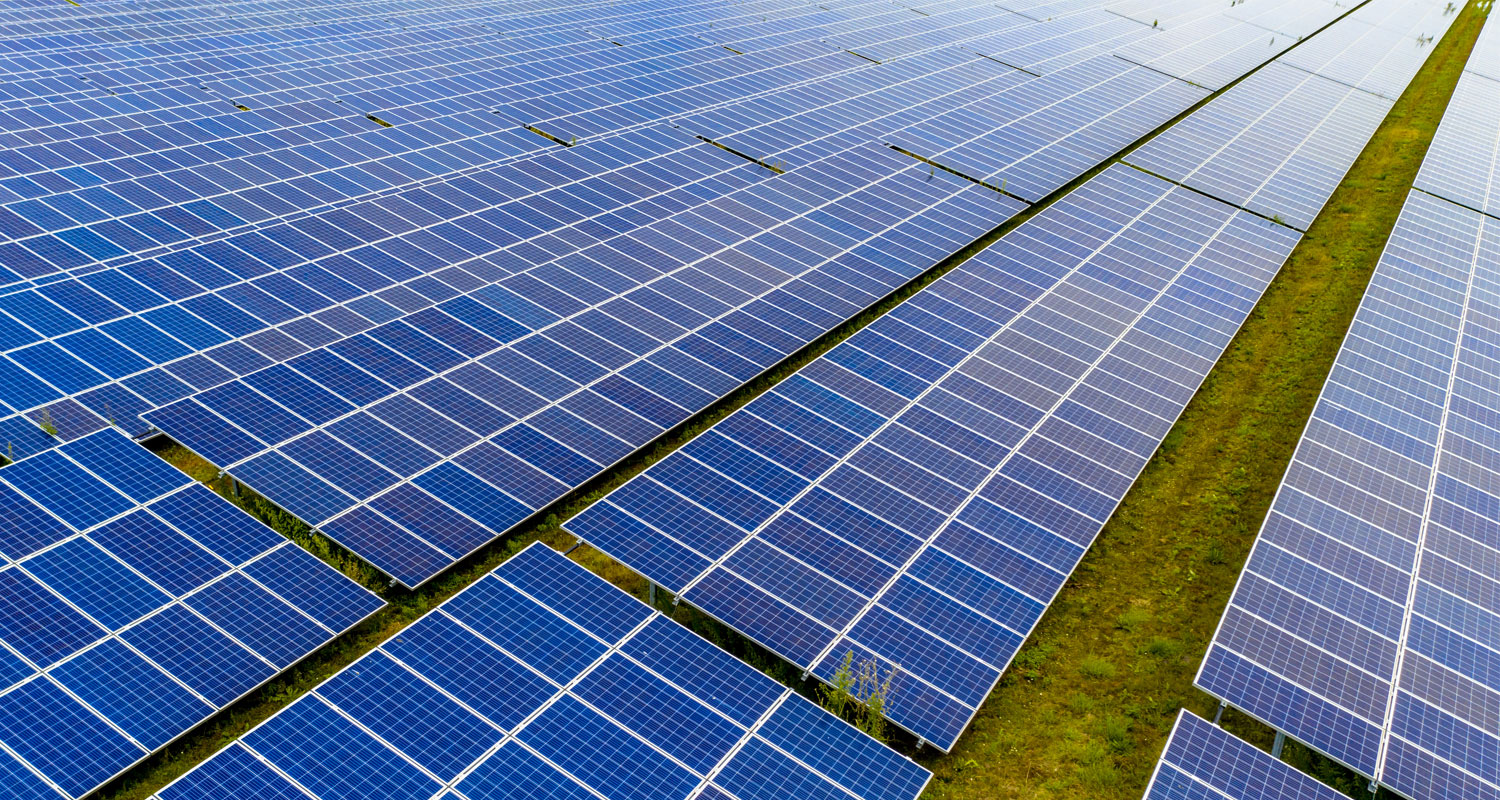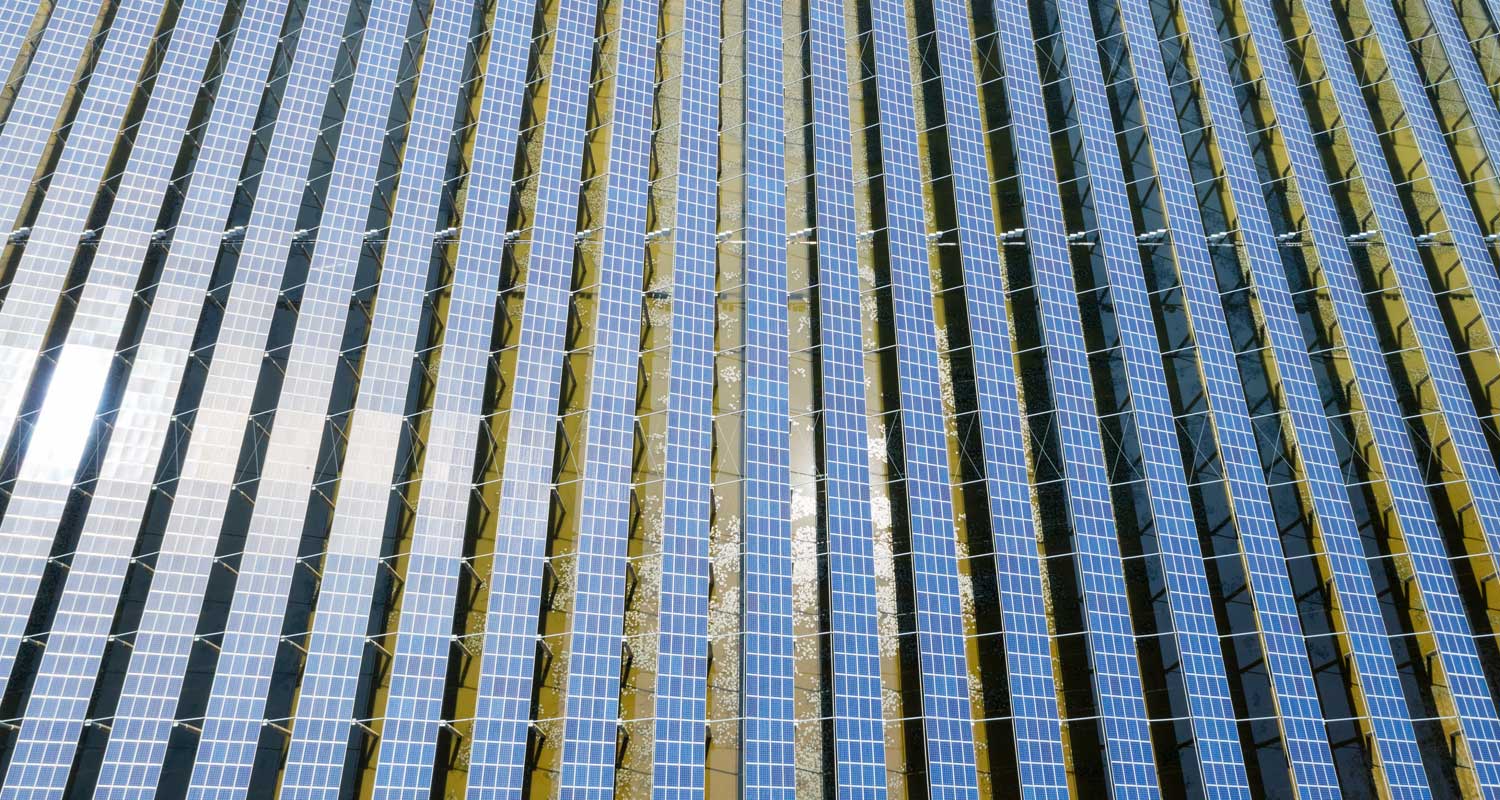 More than half of Africa’s people – about 600 million – lack access to even the bare minimum of electricity. The tough question to answer is how access can be extended without adding to global warming by relying on fossil fuels.
More than half of Africa’s people – about 600 million – lack access to even the bare minimum of electricity. The tough question to answer is how access can be extended without adding to global warming by relying on fossil fuels.
We – a team from Rwanda and Germany who work in the field of renewable energy scientific modelling – set out to find the answer by building the Renewable Power Plant Database Africa, the first on the continent. It’s a database of available open-access data on hydro, wind and solar energy sources that we’ve analysed.
The database shows that some countries, such as Nigeria and Zimbabwe, have enough projects in the pipeline to transition away from fossil fuels by 2050. And that 76% of all electricity required on the continent could come from renewable resources by 2040. This would happen if the capacity of existing hydro, solar and wind power plants were fully utilised and if all plants currently on the drawing-board were built.
The 76% from renewables would be met by 82% hydropower, 11% solar power and 7% wind power. Hydropower has been the main renewable energy resource to date, but declining costs for solar photovoltaics (90% decline since 2009) and wind turbines (55-60% decline since 2010) mean solar and wind have potential to lead sustainable renewable energy options.
We conclude that combining the advantages of hydropower with wind and solar would be a more sustainable alternative to hydropower alone. And that hybrid solutions would be the best option.
But none of this can happen unless countries are willing to get into transnational electricity sharing arrangements. In addition, providing openly accessible and location-specific data is fundamental for the development of an integrated sustainable renewable energy mix.
We compiled the publicly available records of 1 074 hydropower, 1 128 solar and 276 wind power plants into one database. These were both existing and planned plants. We included the location of each proposed plant for all African countries.
Database
We then integrated the data into a harmonised and updated database. This is the first comprehensive overview of renewable energy plants in Africa that includes their geographic coordinates, construction status and capacity (in megawatts).
This database shows that some countries have enough projects in the pipeline to potentially transition away from fossil fuels.
Hydropower is used by Eswatini, Angola, Djibouti, Gambia, Cameroon, Tanzania, Lesotho and the Democratic Republic of Congo as a major or main source of renewable electricity.
Other countries, including Egypt, South Africa, Algeria, Libya, Cape Verde, Morocco and Tunisia, are lagging behind in renewable energy development. These countries are highly electrified and their economies depend strongly on fossil fuels.
We found that hydropower could more than double to 132GW. This would happen if those plants that have already had feasibility studies carried out were built. The Aswan High Dam has an installed capacity of 2.1GW and generates most of Egypt’s energy. So 132GW would be enough to provide power for several countries.
 However, hybrid solutions are more likely to provide reliable electricity to a growing population in a changing climate. The cost of wind and solar power is dropping while a recent analysis concluded that barely any hydropower will be profitable after 2030. If hydropower is not a favourable option under future climate change scenarios, wind and solar will be able to step in.
However, hybrid solutions are more likely to provide reliable electricity to a growing population in a changing climate. The cost of wind and solar power is dropping while a recent analysis concluded that barely any hydropower will be profitable after 2030. If hydropower is not a favourable option under future climate change scenarios, wind and solar will be able to step in.
Hybrid power plants that generate a combination of renewable energy are another option. A promising example of this is the installation of floating solar panels on existing reservoirs.
To meet the demand across Africa, we recommend the following:
- There must be international electricity sharing between African countries. This is the only way to ensure a renewable electricity supply to all countries.
- African leaders must move away from economic-driven development and integrate the different interests from people involved or affected, such as local residents, the general population, and governmental and non-governmental organisations. In the past, the land-intensive expansion of renewable power plants has caused conflicts with farmers, national parks and industries.
- Renewable energy development must include the interests of different people involved or affected by new energy projects, such as local communities and the general population. In the past, the land-intensive expansion of renewable power plants has caused conflicts with farmers, national parks and industries.
- Governments must share experience across borders to avoid mistakes such as damming the Nile River for hydropower. The Aswan High Dam, for example, disturbs the transport of sediments down to the delta of the Nile, threatening the highly biodiverse wetlands and inducing shoreline erosion, putting humans at risk. The Great Ethopian Renaissance Dam, currently under construction, is a recent prominent example of the need for cooperation and river management across borders, especially when facing potential impacts of climate change like droughts on the efficiency of the hydropower plant.
- There needs to be a general rethink on how data is managed. All data should be shared and openly accessible across the world. Countries need to share high-quality data, including data about their power plants. High-quality data is key to analysing the different routes that electricity development should take across the continent in future. Such projections are only as good the knowledge and data they are based on.
African countries that follow this route will be global role models for a renewable energy transition.
 The authors are Christiane Zarfl, professor for environmental systems analysis, Faculty of Science, University of Tübingen, and Rebecca Peters, PhD candidate in environmental systems analysis, Faculty of Mathematics and Natural Sciences, University of Tübingen. The co-authors are Jürgen Berlekamp, Charles Kabiri, Beth A Kaplin and Klement Tockner, all of whom co-authored the research that this article is based on
The authors are Christiane Zarfl, professor for environmental systems analysis, Faculty of Science, University of Tübingen, and Rebecca Peters, PhD candidate in environmental systems analysis, Faculty of Mathematics and Natural Sciences, University of Tübingen. The co-authors are Jürgen Berlekamp, Charles Kabiri, Beth A Kaplin and Klement Tockner, all of whom co-authored the research that this article is based on- This article is republished from The Conversation under a Creative Commons licence

